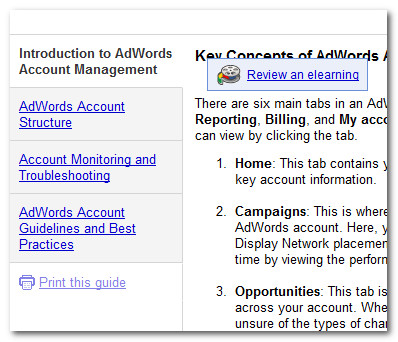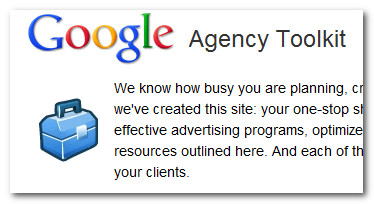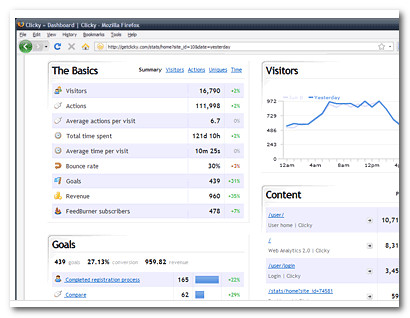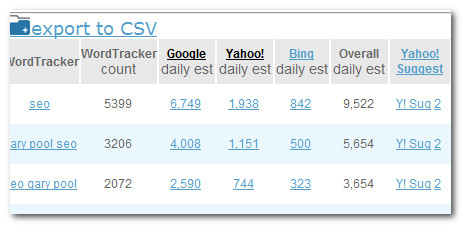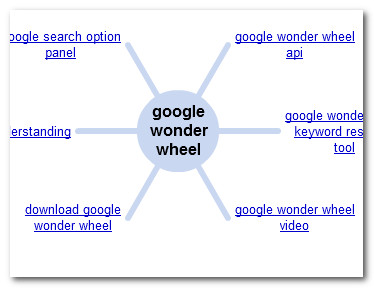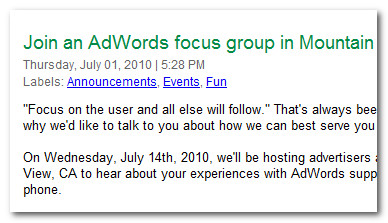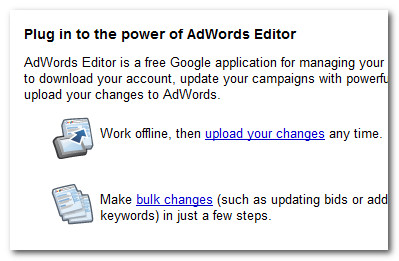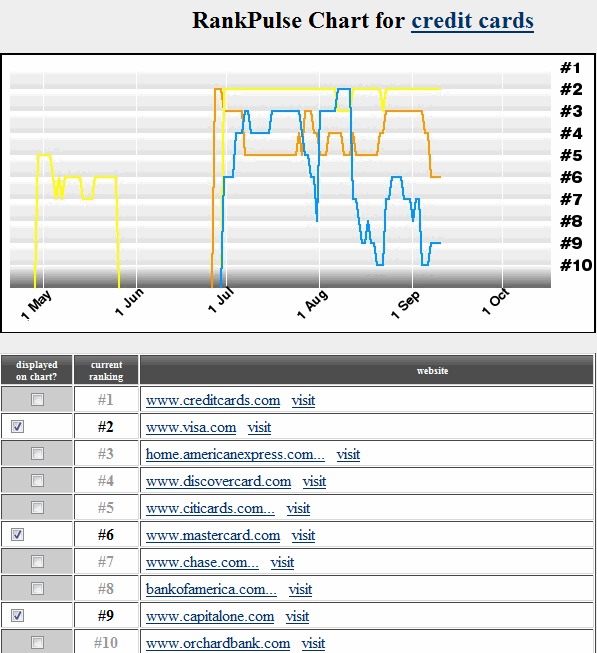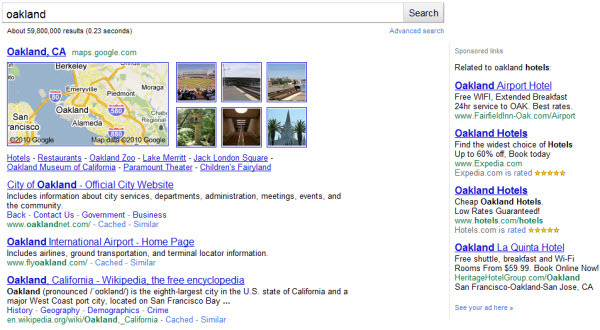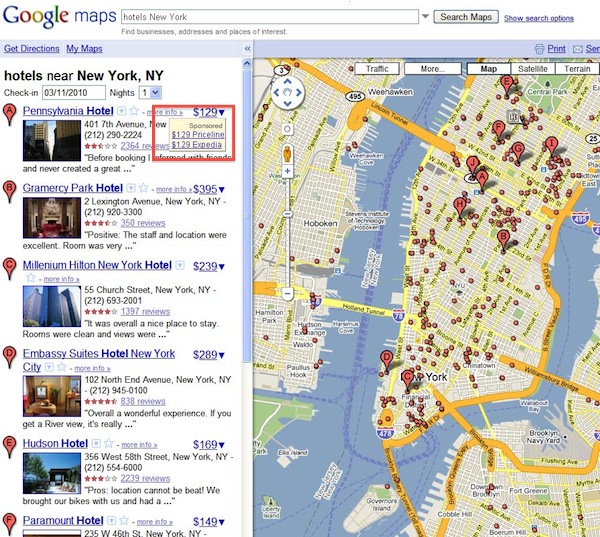Warning: This post is a long one, but it’s worth the read:)
The Great Adwords Affiliate Massacre of 2009 will be forever remembered as a dark and confusing time for advertisers with affiliate relationships as the heart of their business model.
Educated estimates indicate Google culled over 30,000 advertisers during Q4 of ’09.
“Google’s Gonna Miss My Money!”
Asked about this seemingly unprofitable move during Google’s Q4 analyst Q&A session, Jonathan Rosenberg, Google’s VP of Product Management indicated just how little banning this many advertisers effectively mattered to Google’s financials:
Aaron Kessler – (Kaufman Bros):
I think there were some reports that you may have filtered out some of your advertisers this quarter on the ad sense side. Can you provide any more details about that? – ED. Note: Obviously the analyst is referring to Adwords not Adsense
Nikesh Arora (Google):
Obviously we are constantly looking at our advertisers to see whether there is an extraordinary [expand] that is happening. We have thrown in those advertisers who repeatedly attempt to scam users. So we went through one of our regular processes of looking at advertisers and seeing which ones of those we though weren’t adding quality or adding sort of value to our users. In those cases we chose to suspend them permanently.
Jonathan Rosenberg (Google):
This was happening this quarter with the approach we took to suspend the repeated scam users as opposed to before where all we were doing was disabling certain bad ads.
Aaron Kessler – (Kaufman Bros.)
Does this have any material impact on the quarter numbers? It sounds like it could have had a slight impact from what I was reading.
Jonathan Rosenberg (Google):
No the impact is slight. It is a relatively small number.
In short, the 30,000 banned advertisers didn’t make much of an impact on the Adwords cash machine at all. So the screams of affiliates bitterly pointing that they ‘spend millions on Adwords’, fell on deaf ears. By all accounts, so did affiliates’ appeal requests to Google for reconsideration.
Who Was Cut & Why?
It’s pretty fair to say that aggressive affiliate marketers pushing fraudulent re-bill offers could likely have seen this coming. However, the wide net that was cast “disabling” the accounts of affiliates who hadn’t promoted “get-rich-quick-with-Google” or re-bill diet offers crushed a lot of affiliates’ primary revenue channel, while they begged for an exceptions to their bans.
Subsequent forensic analysis on what metrics Google could have used to algorithmically cull the herd points to a couple of primary factors:
- Repeated “slaps” of across-the-board ‘poor’ landing page quality scores against one or more domains used in affiliate campaigns. In retrospect, it looks like if you’d been “slapped” in the past more than once and just reloaded your campaign to a new domain, you were permanently disabled instead of bring ‘slapped’ again.
- If you had ever promoted any products associated with using Google’s brand to sell information products or business schemes, you were toast.
By and large, direct-to-merchant affiliates or ‘direct-linkers’ were pretty much untouched. There were a number of merchant-of-record Adwords accounts that were disabled as well, likely false-positives in the automated sweep.
Google’s New Affiliate Guidelines
Google denies the charge that they don’t want affiliates to use the Adwords system, and have updated various sections of their Adwords’ TOS in several places to supposedly clarify what exactly it is that Google wants from affiliates.
Google has added a definition of an “affiliate” that looks like this:
An affiliate is an individual advertiser or website owner who has a business relationship with a merchant to promote the merchant’s product or service. The affiliate earns a small commission from the merchant for each referral that results in a sale; the merchant handles payment and fulfillment.
Their updated Site Quality Guidelines add additional details on one of the main sticking points affiliates have constantly been chastised for by Google: “unique” or “value-add” content:
Non-unique Landing Page: Google won’t show multiple ads leading to identical or similar landing pages at the same time, even if the pages have different domains. This means that if another advertiser’s ad leads to a landing page that’s similar to yours, and his keyword has a higher Ad Rank, his ad will show instead of yours.
What the guidelines don’t point out is that if your site is repeatedly determined to be “low quality” as a result of insufficient amounts of “unique” content, it’s possible that you’ll likely to get swept out of the system altogether, or “disabled” as an advertiser, as you’re clearly (according to Google) egregiously violating their landing page -and by extension- affiliate guidelines on a repeated basis.
Google even warns merchants who have affiliate programs of the danger that their affiliates can place them under as a result of this unique content enforcement policy.
So What Exactly Does Google Want from Affiliates?
There’s been a lot of speculation on this point, particularly since the Adwords ban hammer cleared the decks in Q4.
For instance, some feel that direct-linking to a merchant’s site is all “Google really wants” to allow as far as affiliates on Adwords are concerned.
Other PPC marketers feel that white-labeling products or somehow ‘rolling your own’ version of products or services you’ve previously promoted as an affiliate is the answer.
What’s the real answer? No one knows, and there’s likely plenty of internal debate at Google as well as to what is acceptable and what isn’t.
That said, in 2010, it’s safe to say that the key to long-term affiliate marketing on Adwords lies in the “unique content” itself…
Show Me, Don’t Tell Me!
NFL coach Mike Singletary made that phrase famous, and most affiliate marketers just wish Google would “just show us what is OK” instead of subjective guidelines that make affiliates guess at exactly what kind of “unique content” they need to somehow generate in order to stick around on Adwords long-term.
It’s obvious at this point that slapping together a bunch of ‘how-to’ articles or unremarkable wiki-style content about the topic you’re advertising on isn’t going to cut it, and Google isn’t about to cough up a list of their ‘favorite affiliate sites’ that you can run off and replicate.
So we figured we’d put forward three examples of sites in different affiliate verticals that ‘get’ the unique, value-added content proposition in general.
Hopefully they’ll provide some clear clear quality markers that even Google couldn’t possibly argue with. Not all of these sites use Adwords, but the principles apply nonetheless.
Mint.com: Lead-Gen Affiliate Marketing Done Right
Mint is a personal finance and savings site, basically an online version of Intuit’s Quicken. The biggest portion of their revenue model is credit card, insurance, and financial products lead generation paid out on an affiliate CPA basis.
Their calculators, configurators, and search filters add tremendous unique, value to the end-user:
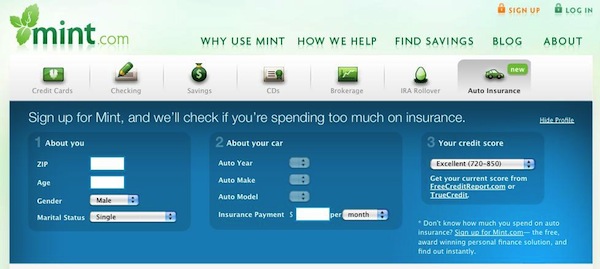
Of course, Mint has a lot more going for it than just calculators and the like, they also have reams of in-house generated, useful content covering a huge range of topics from personal finance and budgeting to investments and more.
They also have a detailed section on user privacy, including videos from the founder on how they handle user data in a vertical where users are clearly sensitive to privacy.
Ask yourself: Even if Mint had no corporate brand, when you look at this site, would it look like a “thin affiliate”? If Mint was using Adwords to promote credit card or auto insurance leads, would you consider them as providing a “value-added” affiliate experience?
Trip Advisor: Affiliate Travel Referrals on Steroids
At its core, TripAdvisor.com makes money on affiliate booking referrals for hotels, flights, car rentals, and the like. How do they add value in such crowded space?
Note the yellow-highlighted portions here:
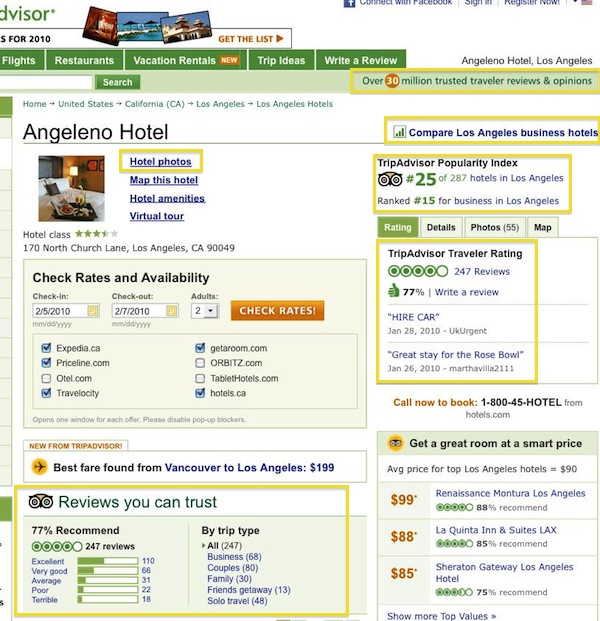
There’s some solid quality markers here:
- Segmented user reviews. Not just regular user comments, but ratings, and review segmentation that allows other page visitors to read reviews from people traveling for a similar purpose (business, family etc…)
- A system-wide rating and comparison engine, enabling customers to easily compare the popularity and quality of this particular hotel to others in the same hotel vertical (in this case business hotels).
- User-submitted photos. Customers can view and compare actual on-site photos from the hotel that other users have submitted to get an idea of what the hotel rooms really look like.
Does this mean that your affiliate review site needs to have 247+ reviews to indicate a ‘quality’ site experience?
Hardly. Obviously the more reviews and ratings the better, but if you work hard to populate your site with real user feedback (not fake comments!) over a period of time, you’re going to send similar signals to Google.
Ask yourself: Even if your site was smaller than TripAdvisor, if you provided this kind of end-user value, would you look like a “thin affiliate”? Could Google say you’re not adding “unique content” when advertising hotel or flight bookings with Adwords?
CrutchField.com: e-Commerce & Then Some
Granted, CrutchField is an online reseller and not strictly an affiliate, but the differentiators they’ve implemented hold a plethora of ideas for e-commerce affiliates to move beyond the straight-up product feed.
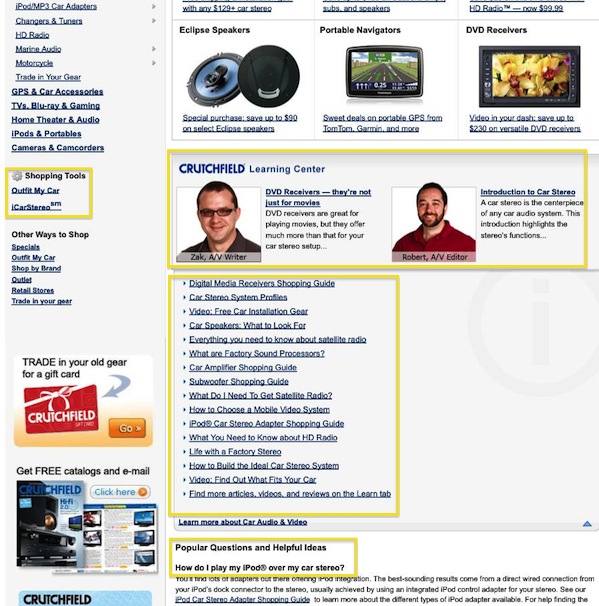
Every electronics reseller is pitching basically the same thing, no doubt fed from a reseller product feed.
Crutchfield however separates itself from the pack by incorporating a number of unique, value-adds like these:
- The Learning Center. Crutchfield has gone to the trouble of strategically placing helpful, expert advice on the products genre being viewed, and placing a drop-down list of other “shopping guides” and “need-to-know” pointers specifcally applicable to the products listed. The pictures and names help add a personal, trust-enhancing aspect to the additional content.
- The Popular Questions and Helpful ideas portion of the page also helps hook the visitor on the page longer by answering common questions that shoppers have. Note that these portions of the page aren’t hidden, buried in light-colored footer links. They’re front and center, and can no doubt help improve conversions for the highly technical products being advertised.
- The Shopping Tools feature in the left nav provides custom tools that Crutchfield has taken the time to develop to help set them apart from competitors and enhance conversions.
If you’re promoting affiliate shopping feeds on your site, with Adwords or without, you have to read Rae Hoffman’s outstanding article on how to make your feed site unique.
Ask yourself: Would Crutchfield’s e-commerce site be easily classified by Google as a “duplicate-content, affiliate feed site”? Would it be fair to say Crutchfield has earned the right to have its ads shown right up against the Amazon’s of the world in the Adwords auction?
But That’s Way Too Hard!
Is it? How many man-hours would be required to thicken out your site enough to be secure as an Adwords affiliate advertiser in 2010?
Would you make your money back on the work involved if you were able to take advantage of the fact that thousands of competitors have recently been removed from the platform?
Who Says This is What Google Wants?
This question is broken. The bottom line is that no one knows what Google wants now, tomorrow, or 3 years from now. The answer lies in what the user wants.
The Adwords affiliate game is now dramatically harder. If you’re not a publicly recognized brand advertiser, auto-generating 25 pages of crap article re-writes, stripping out all site nav, and squeezing visitors too hard into a lead form or cart is just not going to work in 2010.
As always, there will be some affiliates that continue to fly under the radar for a month or two here and there, but if you’re looking to be around on Adwords long enough to make all the additional heavy lifting cashflow-positive, you’ve got to up your game.
In the startup world, venture capitalists look to invest in companies that have a “defensible business model”. The same is true for affiliate sites on Adwords going forward. Your site needs to stand on its own two feet by embodying the spirit of Mint, TripAdvisor, and Crutchfield:
It’s not what you think is “enough for Google”. It’s about unique site features actual users would give a crap about. If your site was removed from the web, would anybody notice? Would anybody care? If you didn’t own your site, would you visit it or buy anything off of it? Why would you recommend your site to a friend?
Some say SEO and PPC are converging into a Quality Score black hole. Maybe if we could honestly find good answers to questions like these, Google’s quality team wouldn’t seem so scary.
![]() Matt from KeywordEye™ sent me a ping last week to have a look at a new, free keyword ‘visualization’ tool that he’s been working on for some time now and asked me to give it a look.
Matt from KeywordEye™ sent me a ping last week to have a look at a new, free keyword ‘visualization’ tool that he’s been working on for some time now and asked me to give it a look.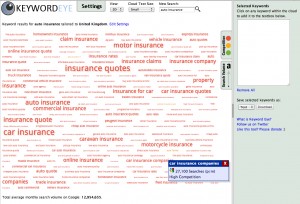 Click to Enlarge
Click to Enlarge